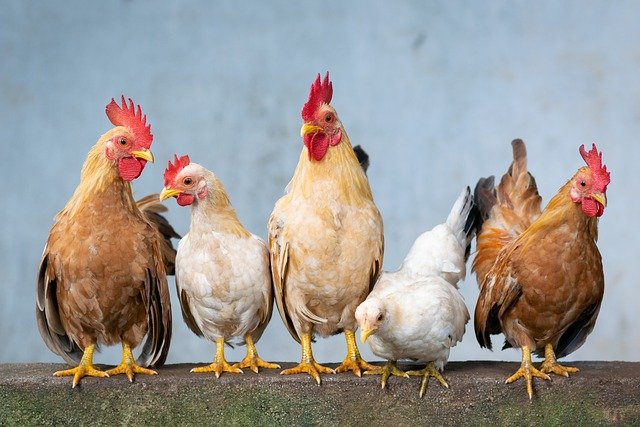Some chickens are half male half female

Some chickens are half male, half female.

Have you ever heard of chickens that are half male and half female? It may sound unbelievable, but it is actually a true phenomenon in the avian world. These unique creatures, known as gynandromorph chickens, possess both male and female characteristics, displaying a striking split right down the middle.
Gynandromorphy is a rare genetic condition that can occur in various species, including birds. This condition arises when there is an error during the development of the embryo, leading to the formation of cells with different genetic makeups. Gynandromorph chickens result from the fusion of two different types of embryos, one male and one female, which creates a mixed-sex individual.

These extraordinary chickens exhibit a remarkable physical divide between their male and female characteristics. For instance, their plumage may display a clear separation, with one side resembling the vibrant colors and patterns typically associated with roosters, while the other side may appear more subdued, resembling the appearance of a hen. This visible dichotomy is both fascinating and visually striking.
Scientists and researchers continue to study gynandromorph chickens to gain a deeper understanding of the underlying genetic mechanisms and environmental factors that contribute to this phenomenon. While the exact cause remains uncertain, it is believed to be related to spontaneous genetic mutations or abnormalities during cell division in the early stages of embryo development.
The study of gynandromorph chickens contributes to our knowledge of sex determination and sexual development in birds. It provides valuable insights into the intricate genetic processes that shape the diverse characteristics seen in different species.
In conclusion, gynandromorph chickens are indeed real, living examples of half male and half female individuals. Their unique appearance and genetic makeup captivate scientists and nature enthusiasts alike, presenting a fascinating opportunity to explore the intricacies of avian biology and genetics.
Source: BBC News - Rare ‘half male, half female’ bird discovered
Tags
Share
Related Posts
Quick Links
Legal Stuff

